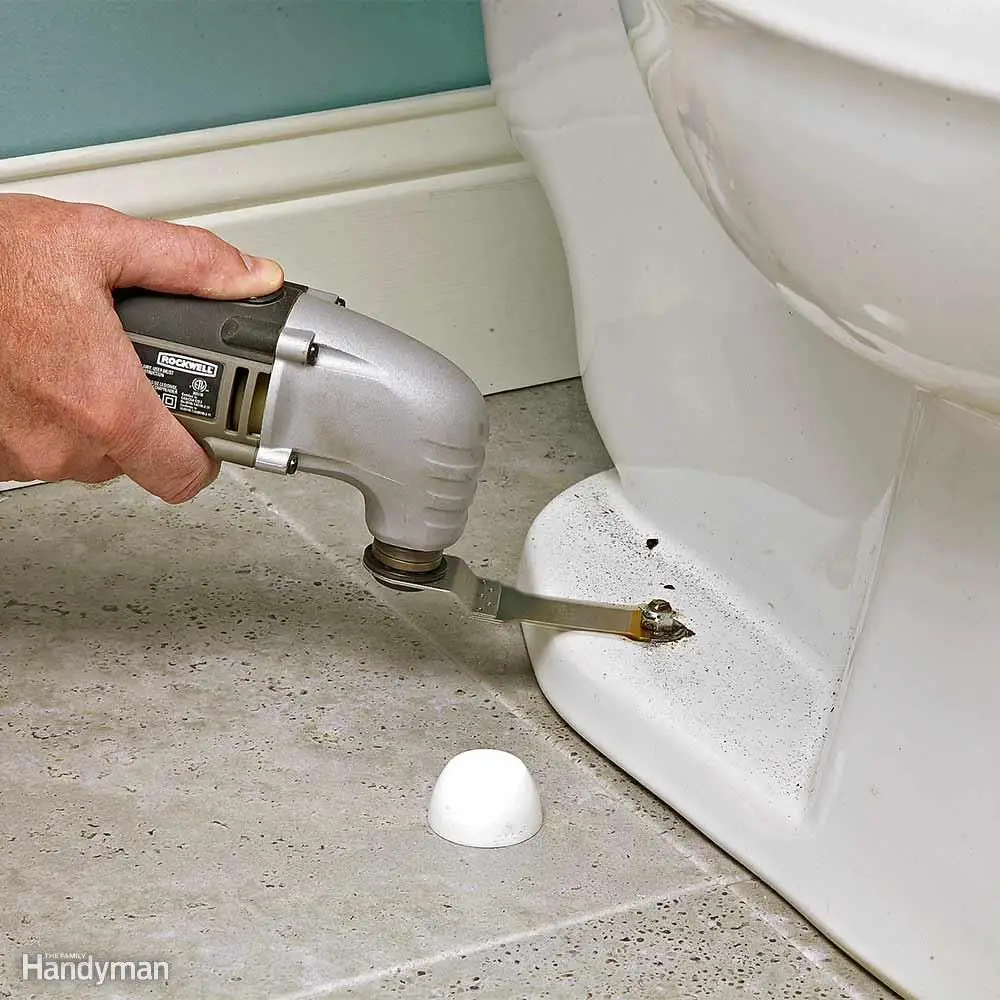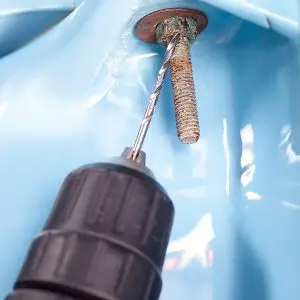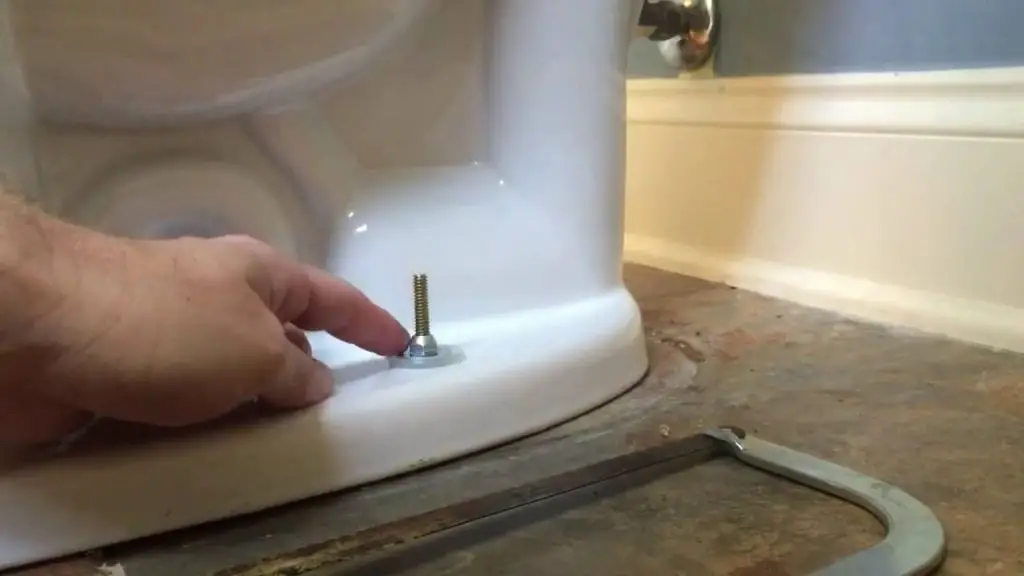How to Remove Rusted Toilet Tank Bolts [Quickly]

An inevitable part of having a toilet is providing it with maintenance. Sometimes this can be very simple, while other times you may have to perform trickier procedures.
One of the more labor-intensive processes you can do is to remove the tank. Sometimes this can be a simple unscrew of the bolts. Other times, due to age or water conditions, the bolts may be more difficult to remove.
The easiest way to remove rusted toilet tank bolts is to unscrew them. If this is not possible due to the rust, then you can use bolt cutters.
The first step to remove your toilet tank bolts, rusted or not, is to take a flat head screwdriver and a wrench. Use the screwdriver to hold the bolt in place. Then take the wrench over the nut under the tank, and turn it counterclockwise. This will loosen it.
Do not turn the bolt with the screwdriver, this will cause problems for you in the future. If your bolts are rusted, then you are going to need to move on to the following procedures to remove the bolts.
Removing rusted bolts can be frustrating. It can also take a lot of time. Stay focused to get this completed.
If you have opened the tank of your toilet to find the tops of the bolts swollen and blistered, you may see the head of the bolt turn to dust when you start to use the screwdriver.
This may make it a bit more difficult to remove the bolts. In this case, you have multiple options.
 Using a mini hack saw is something that you can use to remove rusted tank bolts. This is a manual hand tool that can be used with one hand.
Using a mini hack saw is something that you can use to remove rusted tank bolts. This is a manual hand tool that can be used with one hand.
Usually, the blade of a mini hack saw is flexible. This will allow you to push it under the head of the bolt, even if it is mainly worn away.
If the rusted bolt is tight against the bottom of the tank, then you may need to also cut through the rubber washer to get to the bolt. Stripping the rubber washer may also be possible by using something to remove it. When you have the hacksaw in place you should move the tool in order to cut through the bolt.
If you can find a reciprocating saw, then this will be much faster than using a hacksaw. The only trouble with this method is that you need to make sure you do not damage the toilet. It is a much simpler process if you are using this tool but, again, there is also a bit more risk.
Use a metal blade attachment on the saw to cut through the bolt. There are various metal blade lengths available for reciprocating saws.
You will want to pick a blade that works best for you. Some blades are short, around 6 inches, while others can be over 12 inches. Short blades may give you a bit more control, while a longer blade may allow you to work with a bit of distance.
Although you definitely want to cut the bolt from the inside of the tank, be sure to avoid hitting the blade on the inside of it. If it is not possible to remove the rusted bolt from the inside of the tank, you can attempt to do so from under the tank.
You can also use bolt cutters to remove a rusted tank bolt. There is really only one scenario where you will want to use bolt cutters. This would be the case if the nut has unscrewed enough to become loose, but it will not come off anymore.
Handheld bolt cutters will probably be a bit more expensive than a mini hacksaw, but a reciprocating saw will be a lot more expensive than both. Your main concern should be getting the nose of the bolt cutters on the stem of the bolt. If you are able to do this, then the rest of the process will be very simple.

To use the bolt cutters you will need to compress them. Take both hands and compress the bolt cutters on the stem of the bolt. This may take a few tries and your forearms may be aching the next day.
Full-size bolt cutters will definitely reach the stem of the bolt which means you may be able to do so from the bottom of the tank. This will make things go a lot more smoothly.
Once you remove the old rusted toilet tank bolts, you will need to install new ones in order to restore function to your toilet. This can be simple, but you will need to follow a few rules.
If you do over tighten, you may accidentally crack the porcelain tank. Although you do not want your toilet to move around, it is normal for it to move slightly. Even if the toilet does not fit upright against the wall, you still want it to have flexibility so that it will not crack if someone leans back.
Take your time. You may have a few problems happen, but rushing will not make anything go more smoothly.
When you are removing rusted bolts, you also give yourself a good opportunity to replace the toilet gasket if you need to do so. Essentially, you will have done 90% of the work needed to do so by removing the bolts.
You can find your tank bolts by looking at the bottom of the tank. Every toilet has these, and they will be in matching holes in the bowl. You should find rubber washers in between the bolt head, and the tank. Washers can be damaged overtime. This will be obvious because you will find water drops at the end of these bolts.